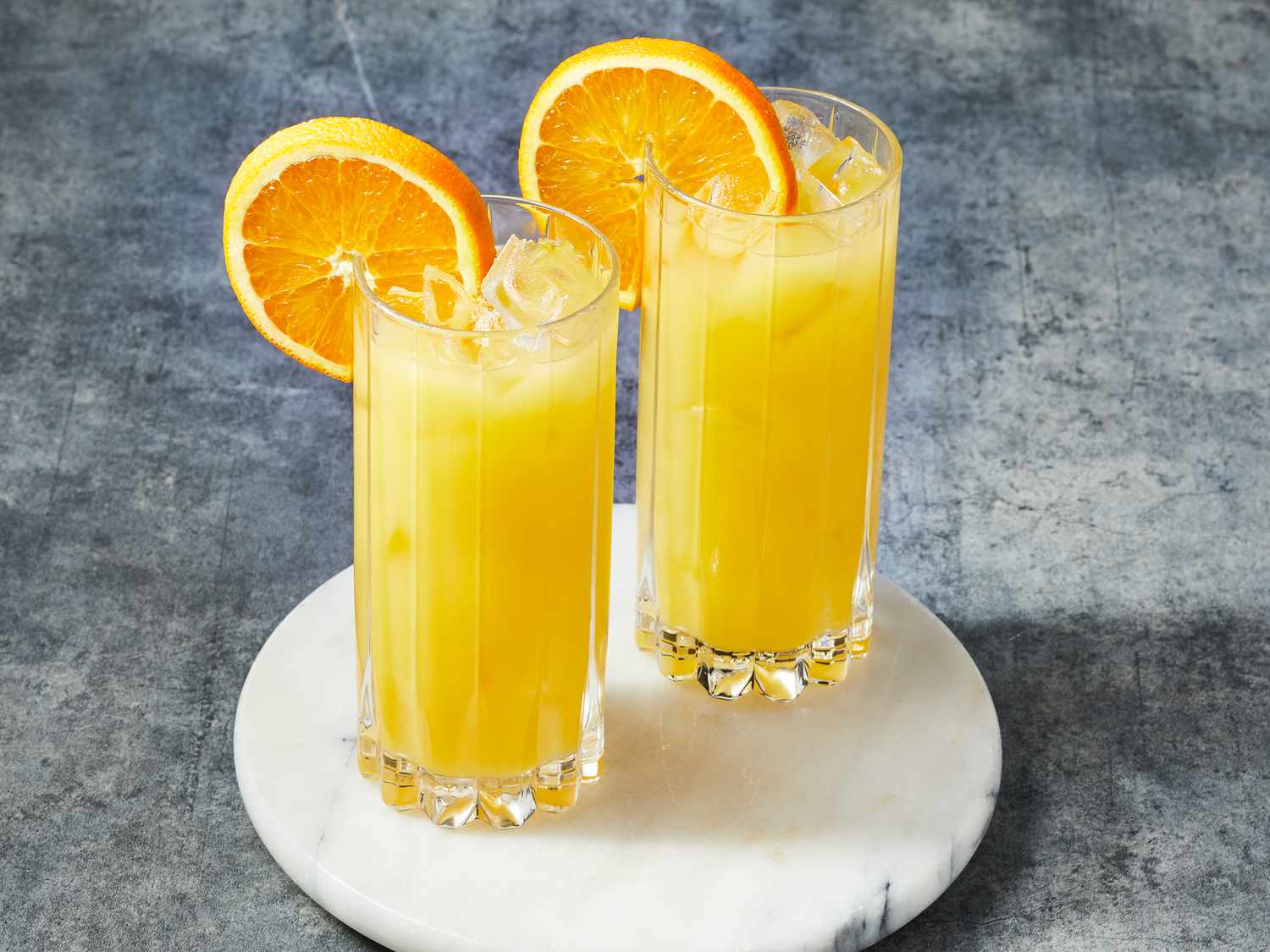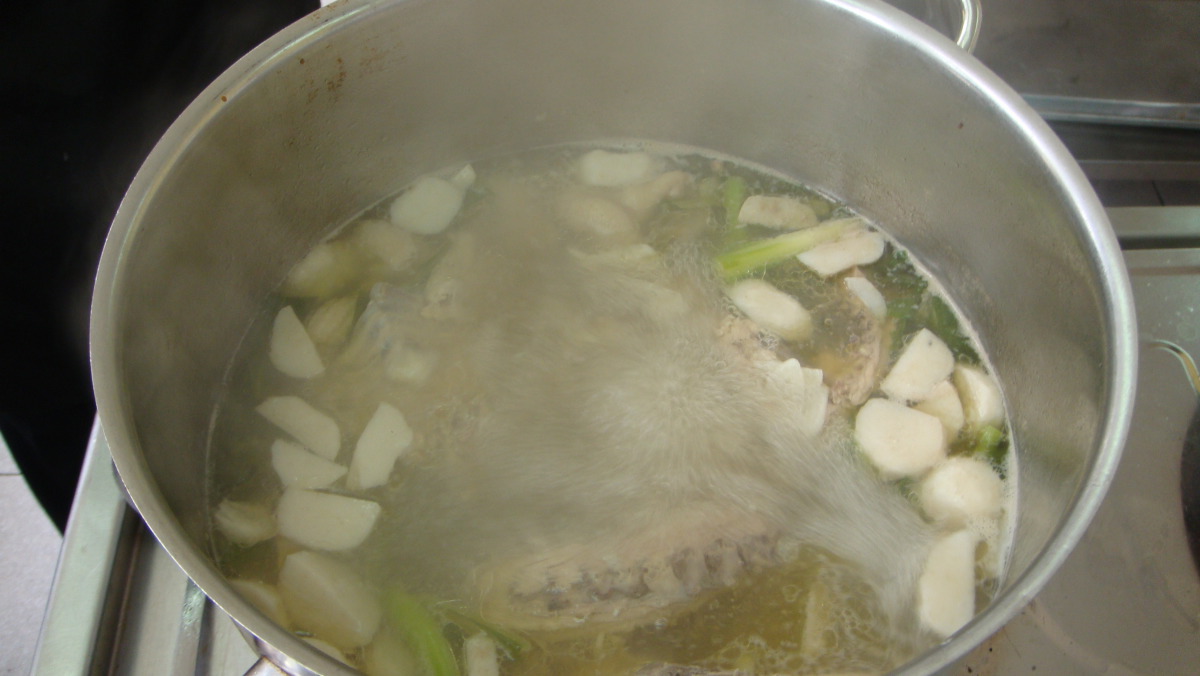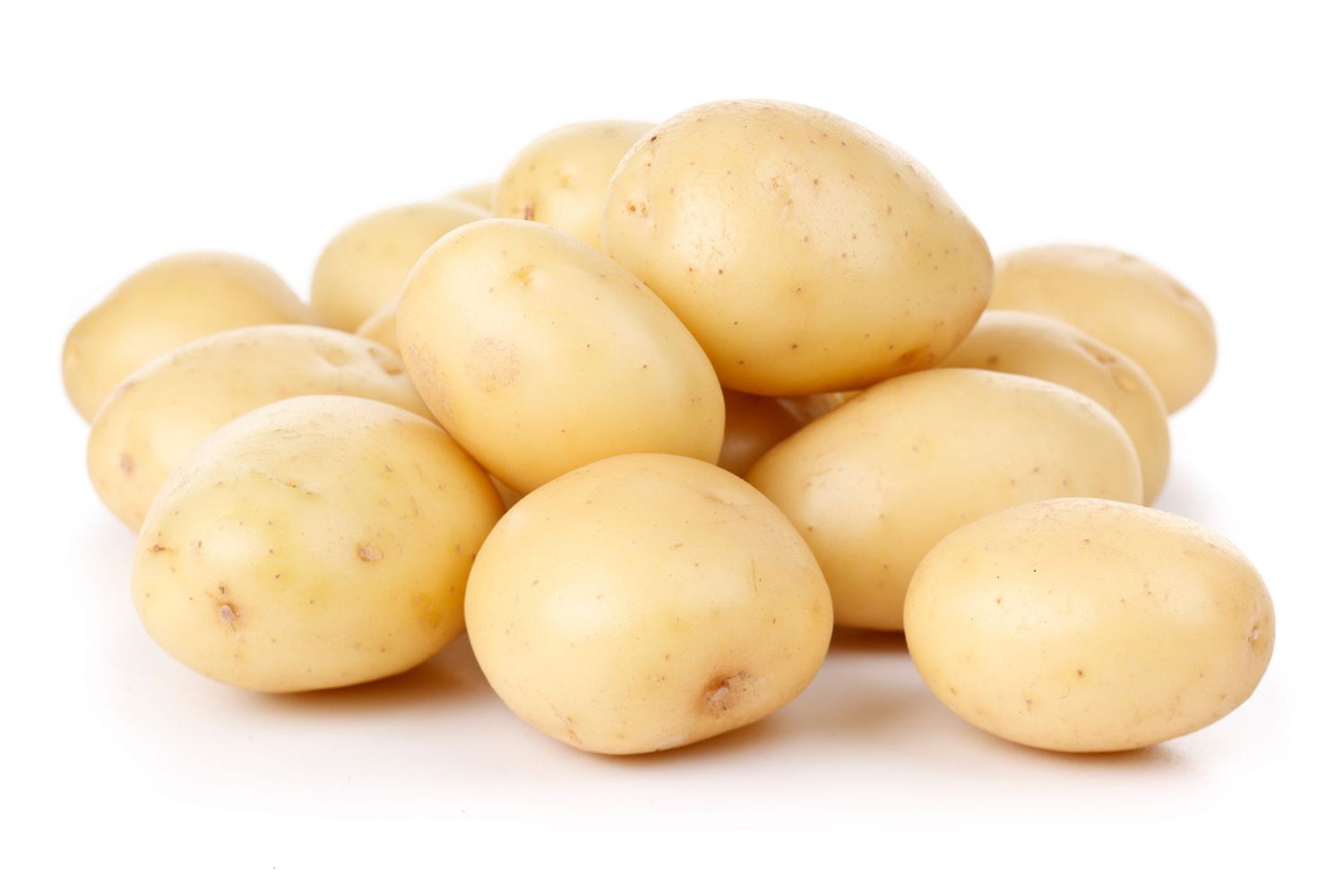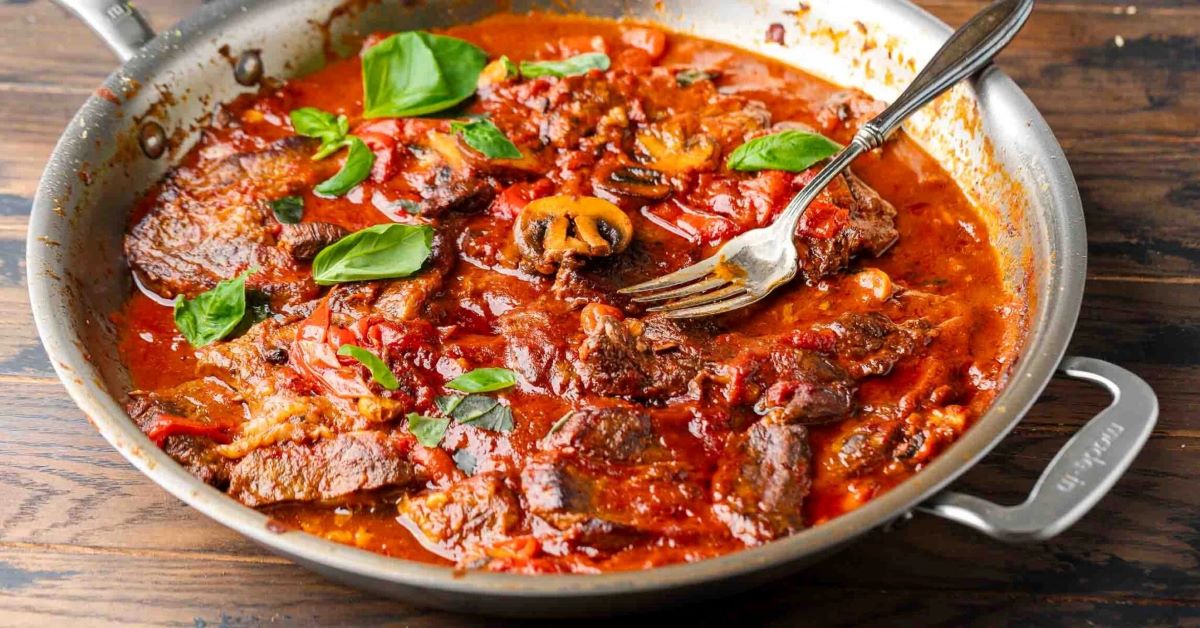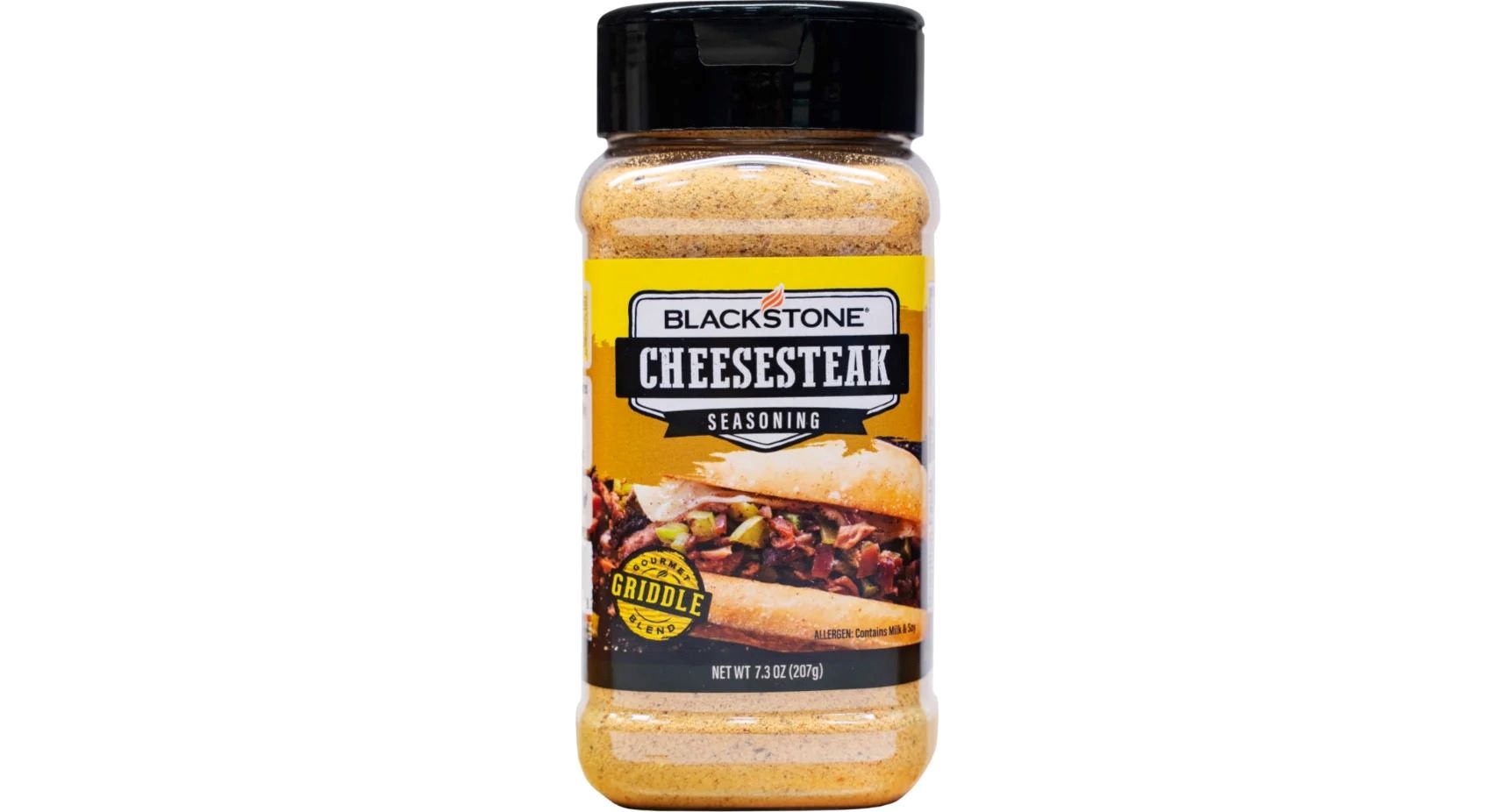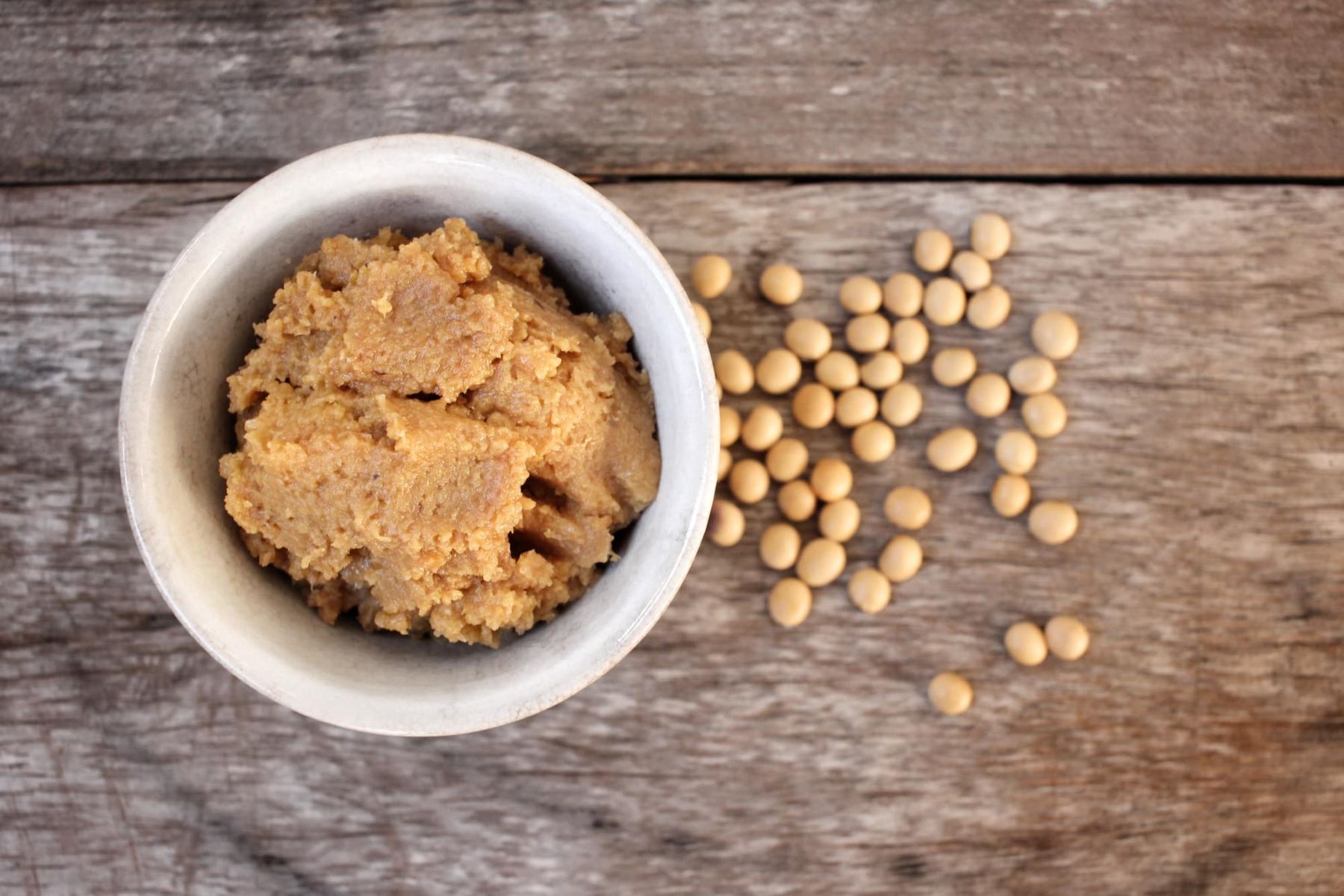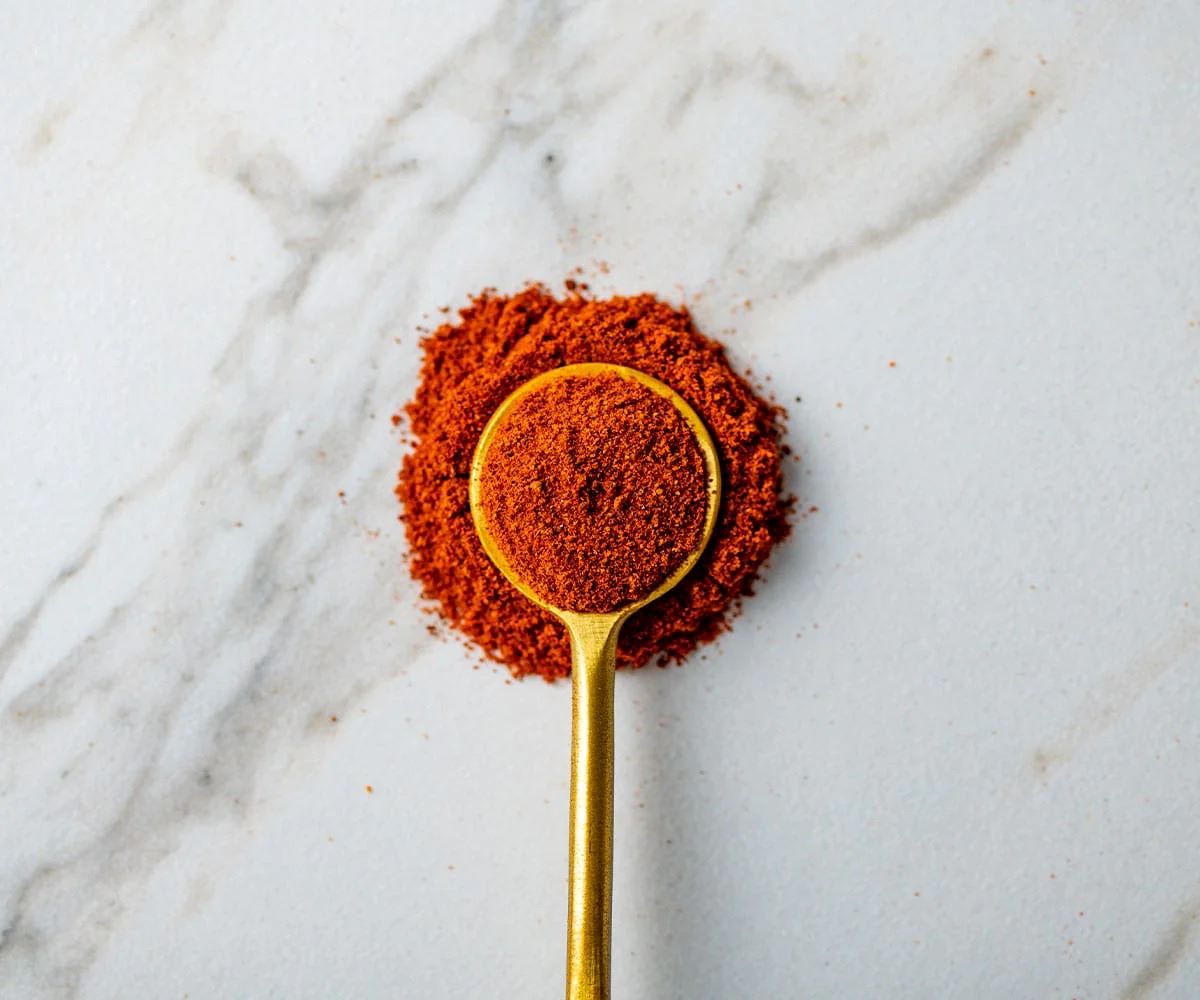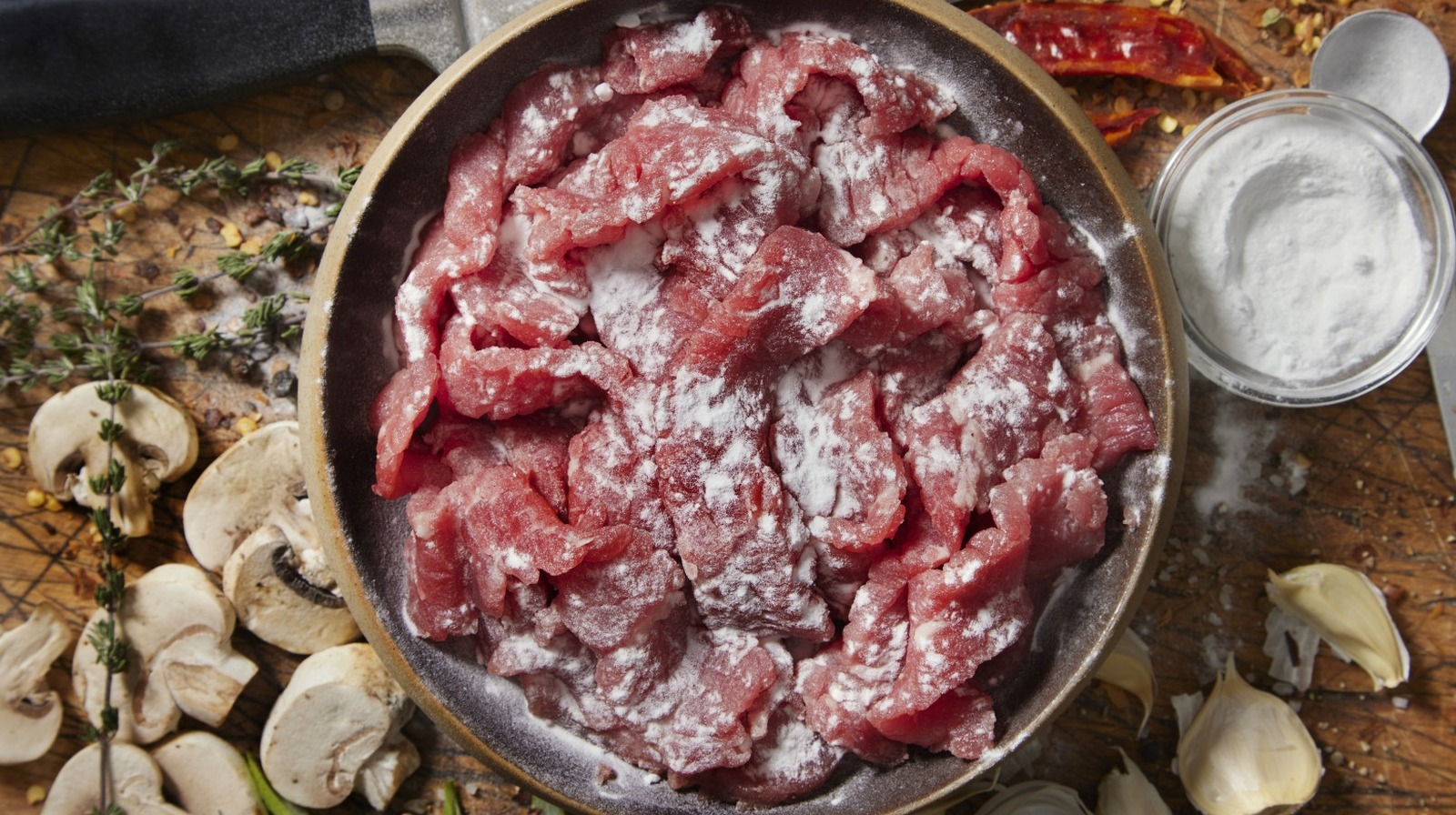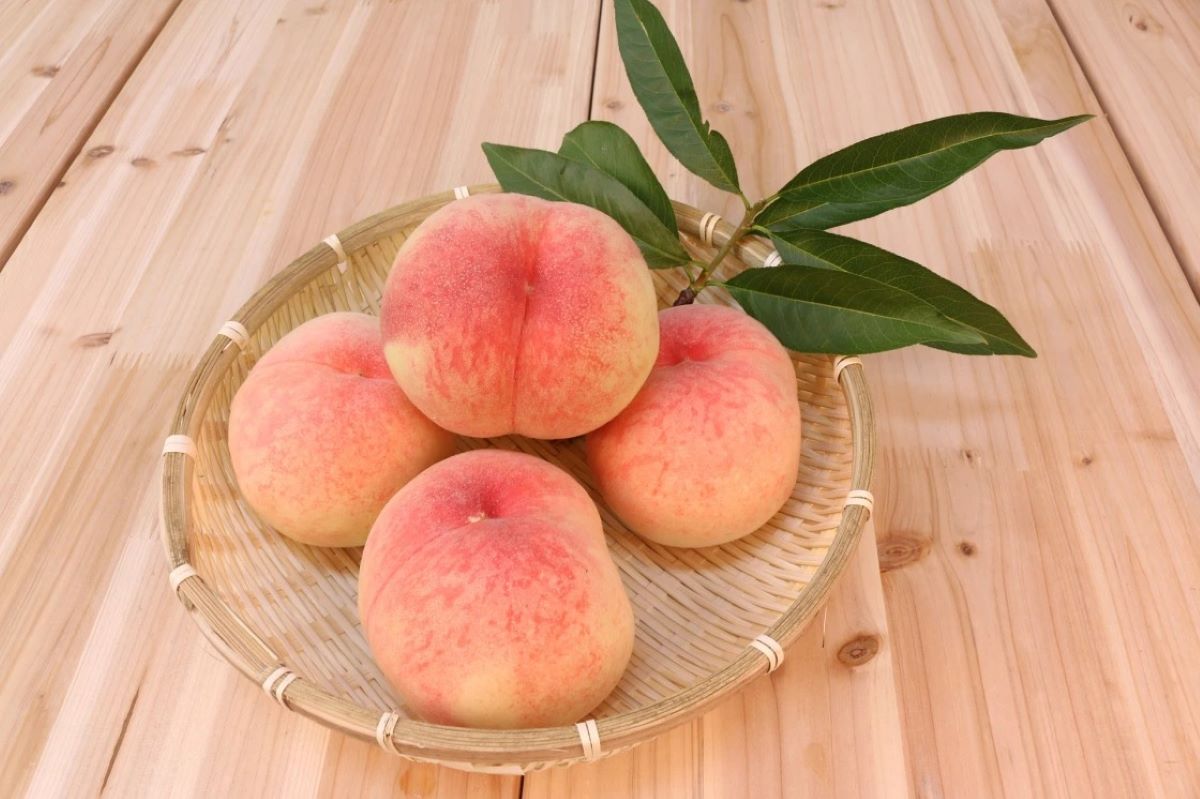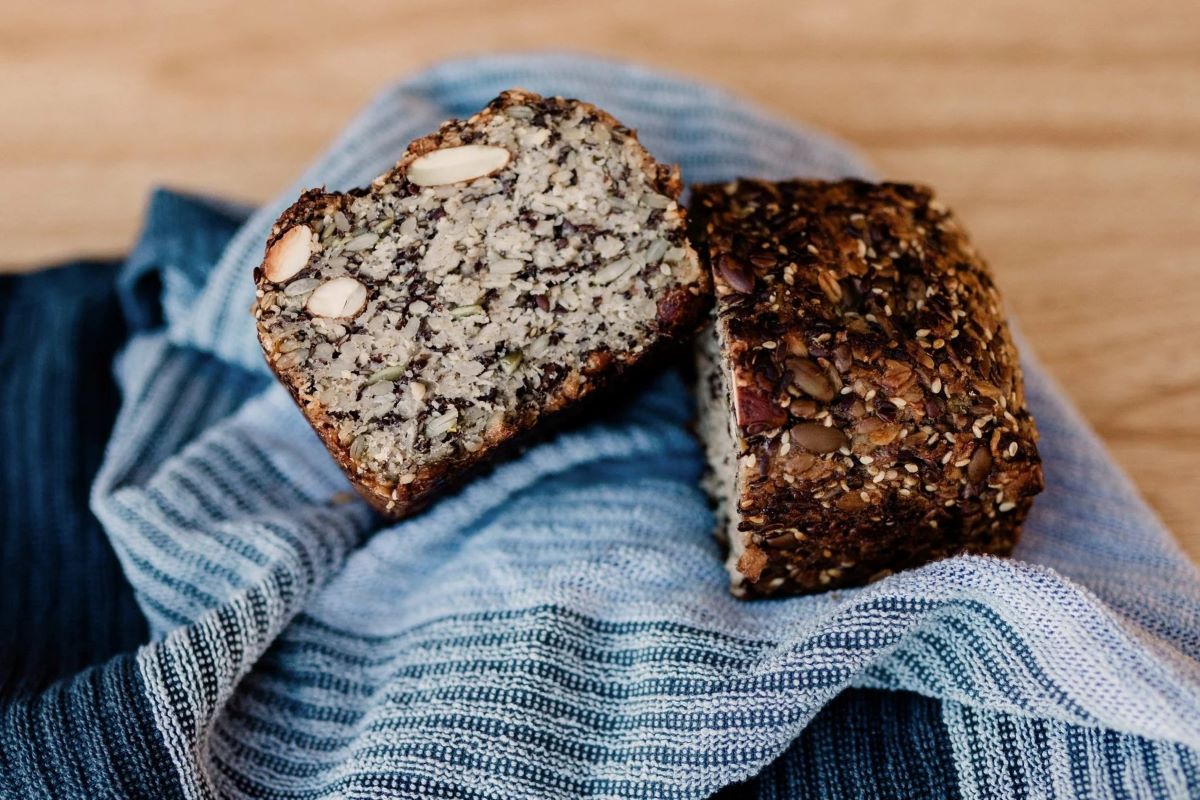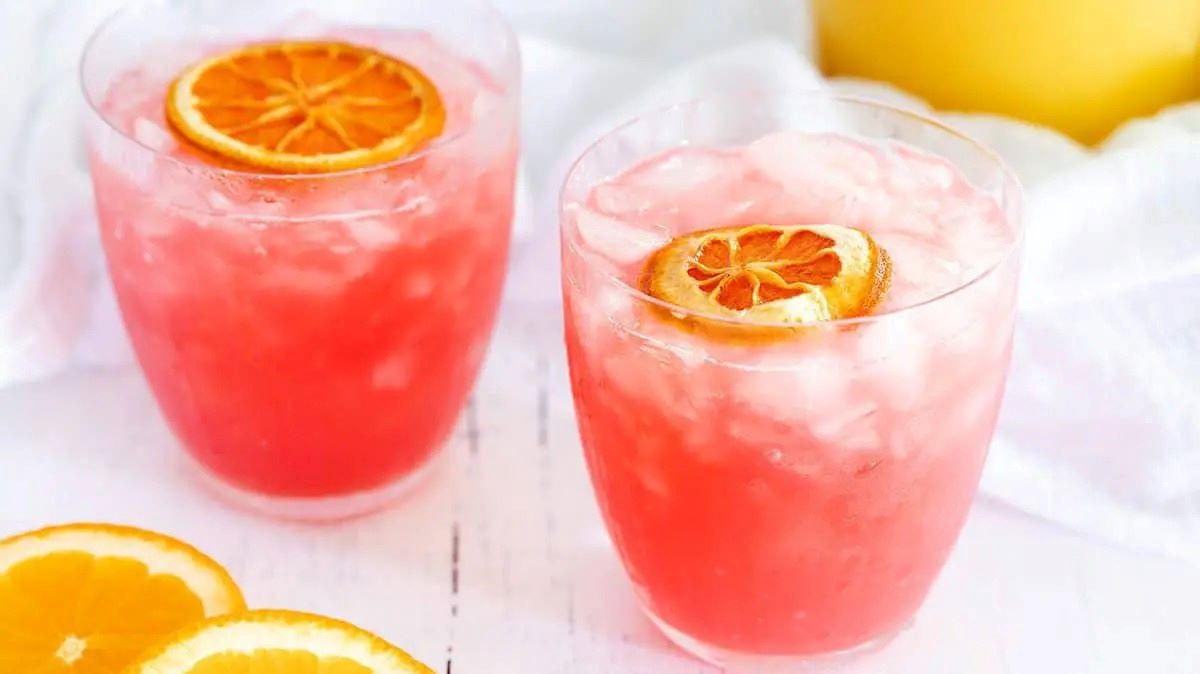Discovering the Delicious World of Maki Mono Rolls
Are you a fan of Japanese cuisine? If so, you’ve probably heard of Maki Mono rolls. These delectable creations are a popular choice at sushi restaurants around the world. But what exactly are Maki Mono rolls, and what sets them apart from other types of sushi? Let’s dive into the world of Maki Mono rolls and explore what makes them so special.
Understanding Maki Mono Rolls
Maki Mono rolls are a type of sushi that consists of ingredients such as seafood, vegetables, and rice wrapped in nori (seaweed) and then sliced into bite-sized pieces. The word “maki” actually translates to “roll” in Japanese, so when you order a Maki Mono roll, you’re essentially getting a delicious, compact roll of sushi.
One of the defining features of Maki Mono rolls is the variety of fillings and toppings that can be used. From fresh fish like salmon and tuna to crunchy vegetables like cucumber and avocado, the possibilities are endless when it comes to creating unique and flavorful Maki Mono rolls.
The Different Types of Maki Mono Rolls
When you visit a sushi restaurant, you’ll likely come across a diverse selection of Maki Mono rolls on the menu. Here are some of the most popular types:
- Hosomaki: These are thin rolls that typically contain just one filling, such as cucumber or tuna.
- Futomaki: In contrast to hosomaki, futomaki rolls are thicker and often include a variety of fillings, offering a more substantial bite.
- Uramaki: Also known as inside-out rolls, uramaki features the rice on the outside of the roll, with the nori and fillings on the inside. This style of Maki Mono roll is often topped with sesame seeds or tobiko for added texture and flavor.
Pairing Maki Mono Rolls with Condiments
When enjoying Maki Mono rolls, it’s common to pair them with a range of condiments to enhance the flavors. Some popular condiments include:
- Soy Sauce: A classic choice for dipping sushi, soy sauce adds a savory and salty element to each bite.
- Wasabi: This spicy Japanese horseradish provides a kick of heat that complements the fresh flavors of the Maki Mono rolls.
- Gari (Pickled Ginger): Served alongside sushi, gari acts as a palate cleanser, refreshing your taste buds between bites.
Exploring the Art of Maki Mono Roll Making
Creating Maki Mono rolls is not only about the flavors but also the artistry involved in the preparation. Sushi chefs take great care in assembling and rolling the ingredients to ensure that each Maki Mono roll is not only delicious but visually appealing as well.
From the precise placement of the fillings to the tightness of the roll, there’s a true art to crafting the perfect Maki Mono roll. The result is a beautiful and appetizing dish that delights the senses.
Final Thoughts
Whether you’re a sushi aficionado or new to the world of Japanese cuisine, Maki Mono rolls offer a delightful and diverse dining experience. With their endless flavor combinations and visually stunning presentation, Maki Mono rolls continue to captivate food enthusiasts around the globe.
Next time you find yourself at a sushi restaurant, consider exploring the world of Maki Mono rolls and savoring the unique flavors and textures they have to offer.
Was this page helpful?
Read Next: What Is The Difference Between MSG Vs. Salt
